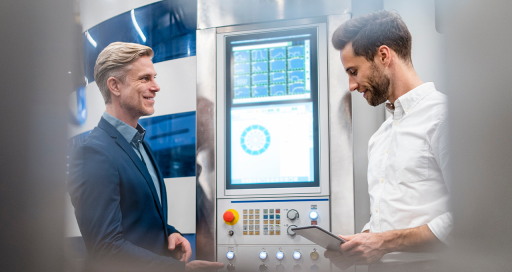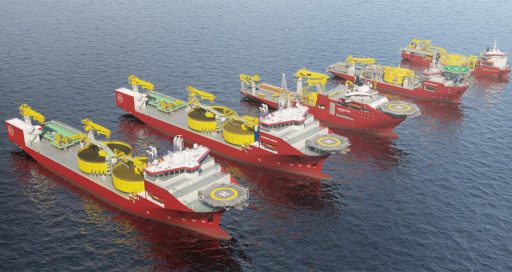The internet of Things has progressed from vague technological promise to a point where its real-world applications are proving instrumental in reinventing industrial activity and enhancing competitiveness.

The Internet of Things (IoT) market is expected to reach US$1,100 billion in value this year, with more than 27 billion connected devices globally. These figures reflect not only the connected watches and speakers we use every day, but also a profound transformation in industry.
Predictive maintenance is one area already seeing a great deal of activity. Actemium Maintenance Aéroportuaire Paris, for example, recently installed a predictive maintenance solution on the baggage-handling system at Paris-Charles de Gaulle airport – at 36 km in length, effectively an automated underground motorway travelled by 40,000 suitcases on an average day.
Sensors analyse – in real time – wheel vibrations, load heights, the condition of mechanical components and any acoustic signal that could indicate a future breakdown. The system sends alerts to the technicians on duty, with a precise list of equipment requiring conditional preventive maintenance.
Last summer, this solution, known as NAOMI, helped avoid a lengthy baggage-sorter stoppage right in the middle of the Paris 2024 Olympic Games!
Quick Scan
IoT not only offers close monitoring that helps operators make the right decisions at the right times, but is also driving energy optimisation.
The NAOMI solution helped avoid a lengthy baggage-sorter stoppage right in the middle of the Olympics!
Another effective new solution is the Quick Scan Energy audit, as performed recently for an Air France subsidiary involved in parcel sorting. Sensors measure the sorter’s electricity consumption every time it starts and stops, and during operation. The objective is to precisely identify consumption peaks and find solutions to more effectively reduce them.
Human benefits
Of course, technology is all the more important when the human experience depends on it. On a baggage carousel at Paris‑Charles de Gaulle, a camera system is now being tested that analyses the condition of its wheels (or technically, “flanged bearings”). They will not only be able to detect wear, but will indicate the exact location where it has occurred. This system greatly improves the experience for passengers, for whom the baggage carousel is often their first point of contact with their destination, minimising the risk of breakdowns – and the time spent waiting for bags!
The technicians will benefit from enhanced safety and less arduous work, since there will be no need for the awkward physical positions currently needed to access the carousels when trying to identify problems.
Contrary to the misconceptions about automation, the IoT is complementing not replacing teams. There are indeed humans monitoring things from behind their screens: at Actemium, there is even a data scientist dedicated to the implementation and analysis of NAOMI data.
The best is yet to come
Use cases are multiplying and becoming increasingly sophisticated: from smart cameras identifying unstable baggage to LoRa (long range) probes monitoring temperatures in electrical cabinets.
Numerous developmental issues remain to be addressed in this constantly expanding technological field: from multiplying the number of inspection points for even more detailed data collection to improving diagnostic accuracy, developing increasingly predictive algorithms, and further reducing operating costs.
10/15/2025



